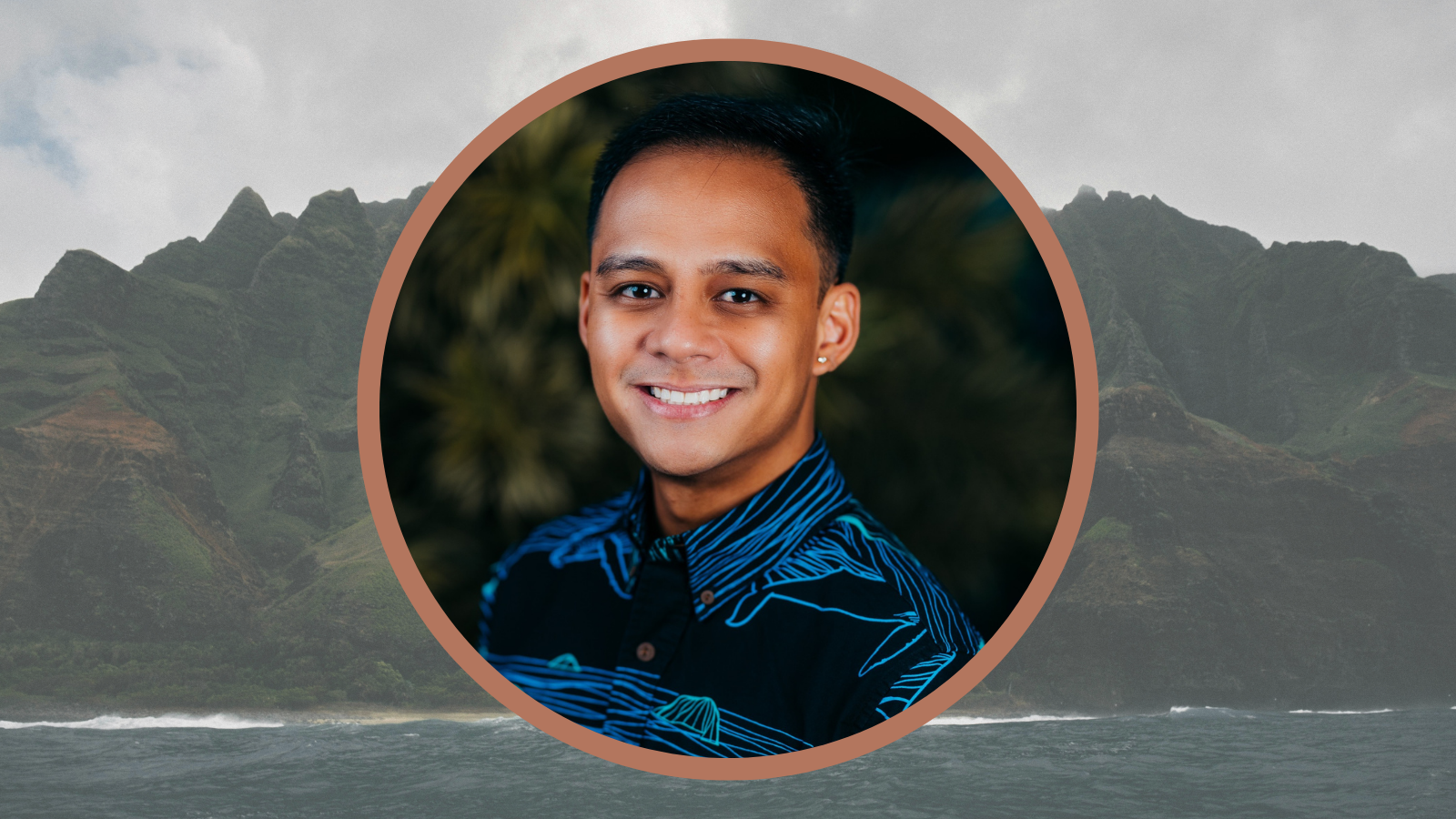Wāhine in Hawaiʻi’s History
March 16, 2022 Kawena Komeiji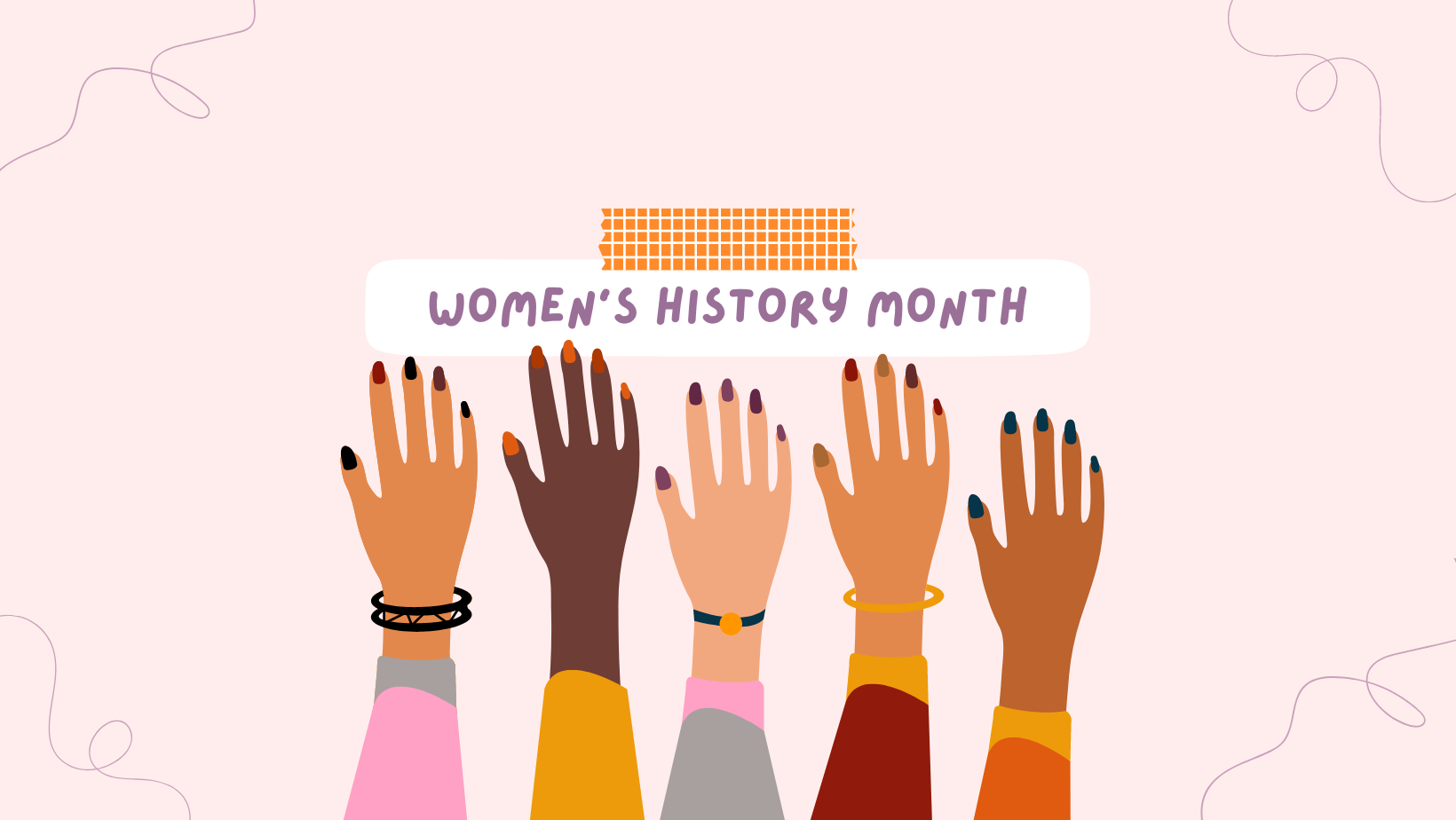
March is Womens’ History Month and we’re celebrating some notable wāhine in Hawaiʻi’s history. Check out our Instagram to see their stories!
Kalaimanuia
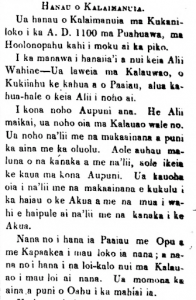
From Ka Nupepa Kuokoa, 2 September 1865.
Born to the high chiefess, Kukaniloko, Kalaimanuia [Kalanimanuia] was the Mōʻī (ruler) of Oʻahu island. Her reign is remembered as one of peace and prosperity. Kalaimanuia married Lupe Kapukeahomakalii, who assisted his wahine in ruling Oʻahu. Together, they were known as kind and benevolent aliʻi. Kalaimanuia resided in Kalauao, ʻEwa, Oʻahu and is credited with building many fishponds in Puʻuloa including Kapuaakea, Opu, and Paaiau. Loko Paaiau still exists today and is cared for by the Aliʻi Pauahi Hawaiian Civic Club, Hui Mālama Loko Iʻa, and the ʻAiea Community Association.
References
- An account of the Polynesian race; its origins and migrations and the ancient history of the Hawaiian people to the times of Kamehameha I, Vol. II by Abraham Fornander
- Hālau o Puʻuloa – Kalauao ahupuaʻa by Kamehameha Schools
- PAAIAU by nohopapa
- Ruling chiefs of Hawaiʻi by Samuel M. Kamakau
Kini Kapahu Wilson
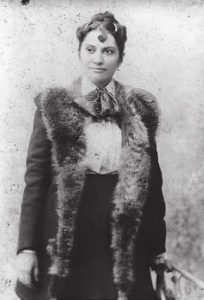
A former hula dancer in Mōʻī Kalākaua’s court, [Jennie] Kini Kapahu Wilson toured and danced around the world including in Europe and at the 1893 World’s Exhibition Fair in Chicago. When her husband was elected as Mayor of Honolulu, she began to use her platform to advocate for womens’ suffrage in Hawaiʻi. Kini Kapahu Wilson stood strong in Hawaiian culture and language, preferring to speak in ʻōlelo Hawaiʻi and using English only when necessary. She would later go on to become a State Historian and in 1960, she casted one of Hawaiʻi’s votes for the presidential electoral college. Kini Kapahu Wilson passed away in 1962.
References
- Aloha America : hula circuits through the U.S. empire by Adria Imada
- Interview with Aunt Jennie Wilson (UH only)
- Kini Kapahu Wilson by ʻĀina Momona
Rosalie Keliinoi
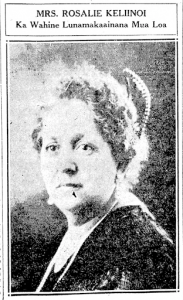
From Ka Nupepa Kuokoa, 6 November 1924.
Rosalie Enos Lyons Keliinoi was born in Wailuku, Maui and attended school on Maui and Oʻahu island. She and her second husband, Samuel Keliinoi, moved from Maui to Kauaʻi and in 1925, she was elected into the Territorial House of Representatives to represent Kauaʻi as the Territory’s first female legislator. Although she only served one term, she is credited with passing legislation that gave women more autonomy and healthcare rights. Representative Keliinoi was known for sporting a black holokū and Portuguese comb at events and was an accomplished Hawaiian quilt maker and pianist. Her legacy has paved the way for future wāhine in politics.
References
- Rosalie Keliinoi by ʻĀina Momona
- Rosalie Enos Lyons Keliʻinoi by Hawaiʻi Women’s Suffrage Centennial Commemoration
- Women in Hawai’i and the Nineteenth Amendment by Rumi Yasutake (UHWO only)
Donnis Thompson
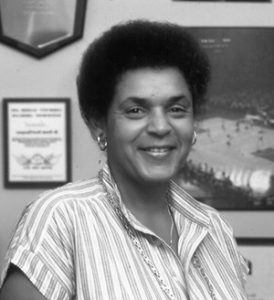
Dr. Donnis Hazel Thompson was the first coach of the University of Hawaiʻi’s womens track and field team and eventually became the first Director of Womens’ Athletics at UH. One of her most famous hires was Dave Shoji, former head coach of the Rainbow Wahine Volleyball Team. With Patsy Mink, she advocated and worked for Title IX legislation that ended discrimination based on sex. Dr. Thompson left UH to become the first female superintendent for the Hawaiʻi State Department of Education. Dr. Donnis Thompson passed away in 2009, but a statue of her still stands in the Stan Sheriff Center at UH Mānoa.
References
- A Lasting Legacy by ESPN Honolulu
- Rise of the Wahine: Champions of Title IX (video, UHWO only)
Haunani Kay Trask
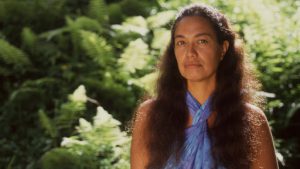
Dr. Haunai Kay Trask, pictured as the main header image on this post, was a poet and outspoken proponent for Hawaiian sovereignty. As a founding member of Ka Lāhui Hawaiʻi, she helped to organize the ʻOnipaʻa March of 1993, which commemorated 100 years of the illegal overthrow of the Hawaiian Kingdom. It was at this march that she famously declared, “We are not American. We will die as Hawaiians. We will never be Americann!” Dr. Trask would go on to become one of the founding members and director of Kamakakūokalani Center for Hawaiian Studies at UH Mānoa. Haunani Kay Trask passed away last year but her legacy lives on through all students of Hawaiian Studies.
References
- From a Native Daughter: Colonialism and Sovereignty in Hawaiʻi by Haunani-Kay Trask (UH only)
- Haunani Kay Trask by ʻĀina Momona
- Haunani-Kay Trask, Champion of Native Rights in Hawaii, Dies at 77 by the New York Times
- Night is a Sharkskin Drum by Haunani-Kay Trask (UH only)

